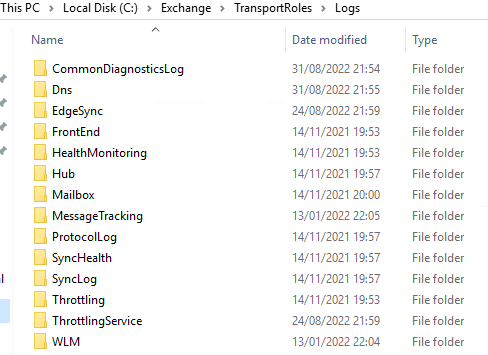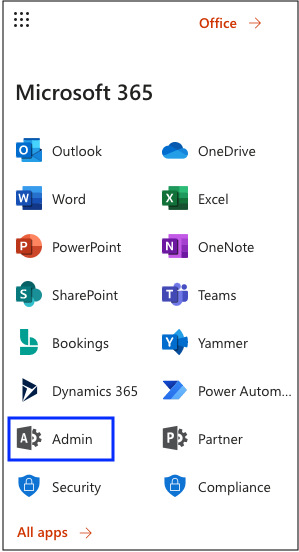Want to know how to see the logs for Cmdexchange? It’s simpler than you might think.
Cmdexchange logs are essential for monitoring and troubleshooting. They provide a detailed record of system activities. Understanding how to access these logs can help you identify issues quickly. In this blog post, we’ll guide you through the process. Whether you’re a beginner or have some experience, this guide will make it easy.
We’ll break down each step, so you can follow along without any confusion. By the end, you’ll be able to access and read the Cmdexchange logs with confidence. Ready to get started? Let’s dive in!
Introduction To Cmdexchange Logs
Logs are very important. They help track issues. Logs provide a way to see what happened. You can find errors and bugs. They give details of actions. Logs are like a diary for systems. They show what was done and when.
Cmdexchange logs have different types. Each type serves a purpose. Here are some common ones:
- Event Logs: Record important events.
- Error Logs: Capture errors and warnings.
- Access Logs: Track user access and actions.
- Transaction Logs: Log details of transactions.
- Debug Logs: Help in troubleshooting.

Credit: www.stellarinfo.com
Accessing Cmdexchange Logs
Cmdexchange logs are stored in specific folders. These folders can be on the server. Common locations include /var/log/cmdexchange and /usr/local/cmdexchange/logs. Checking these folders will help you find the logs.
Accessing logs might need special permissions. You may need admin rights. Without these, you can’t view or edit logs. Always ensure you have proper access before trying to view logs.
Reading And Analyzing Logs
Logs come in different formats. Each log entry shows important details. Date and time are always included. Severity level tells how serious the issue is. Message gives a brief description. Source shows where the log came from.
Look for error or warning entries first. These show problems. Info entries are not as critical. Debug entries help find bugs. Each type of entry has a unique purpose. Understanding them helps in quick problem-solving.

Credit: www.codetwo.com
Troubleshooting With Cmdexchange Logs
Logs from Cmdexchange help find problems quickly. They show errors and warnings. Check the logs for any recent changes. Look for patterns in the logs. If an error repeats, it might be the root cause. Logs can help track down where the problem started.
Some errors appear often. “Connection failed” means a server issue. “Access denied” points to permission problems. “File not found” suggests a missing file. “Syntax error” means there is a coding mistake. Knowing these common errors can speed up troubleshooting.
Best Practices For Log Management
Logs are important. They store data about system events. Keeping logs helps in tracking issues. Logs should not be kept forever. This is where log retention policies come in. These policies help decide how long to keep logs. Older logs can be deleted. This saves space. It also reduces clutter. Setting policies helps in managing logs better.
Automation is key in log management. Automated systems can monitor logs. They alert you to any issues. This saves time. It also reduces manual work. Automated tools can also analyze logs. They provide insights. This helps in decision making. Using automation makes log management easier. It also increases efficiency.

Credit: support.cloudally.com
Frequently Asked Questions
What Are Cmdexchange Logs?
Cmdexchange logs record system activities and errors. They help in troubleshooting issues.
How Can I Access Cmdexchange Logs?
Access Cmdexchange logs via the command line. Use specific commands to locate them.
Why Should I Check Cmdexchange Logs?
Check logs to identify and fix system problems. They provide crucial error details.
Where Are Cmdexchange Logs Stored?
Cmdexchange logs are stored in system directories. Their location varies by operating system.
How Often Should I Review Cmdexchange Logs?
Review Cmdexchange logs regularly. Frequent checks help maintain system health.
Conclusion
Accessing Cmdexchange logs is simple with the right steps. Follow the instructions provided and review the logs with ease. Regular log checking ensures smooth server operations. Avoid common errors by staying informed. Need help? Refer back to this guide. Keep your systems running efficiently.
Happy logging!
